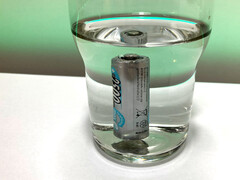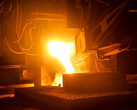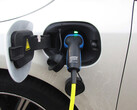The principle of how ordinary water can be split into its components has been known for over 200 years. Water electrolysis uses current flow so that H2 ultimately collects at the cathode and O2 at the anode.
Both can then be reused. However, for certain areas of industry, such as aviation or steel production, huge quantities of hydrogen would be required without fossil fuels.
The most popular technology relies on a membrane that separates hydronium (positively charged hydrogen particles) and hydroxide (negatively charged OH group) for effective separation and large-scale production.
This method has been used since the 1970s to produce significant quantities of H2. The problem here is the costly separation layer, which consists of various layers of molecular filters.
Bromine is used to achieve the spatial separation without a membrane. The element is found in the form of salt in seawater or in salt deposits.
The separated oxygen attaches itself to this. The resulting bromate is pumped out and decomposes at room temperature. The bromine can then extract oxygen from the solution again. Pure hydrogen can be extracted from the other side of the apparatus.
At present, only the technical principle is really convincing, but it has the potential to make hydrogen production more cost-effective and efficient with sufficiently available clean electricity.
However, a few problems remain: Among other things, the cathode must be protected with chromium, which can form very toxic compounds in the environment.
In addition, the cathode is made of platinum or ruthenium, both of which are rare and expensive. And bromate does not have the best properties either, as it can destroy the ozone layer in the atmosphere. That's not really good either.
So there are still a few ways to go, but it is above all the fundamentally different approach that is causing a certain amount of euphoria. If we succeed in replacing the toxic and expensive components, we will have a process that could dramatically reduce the cost of hydrogen in the coming years.















